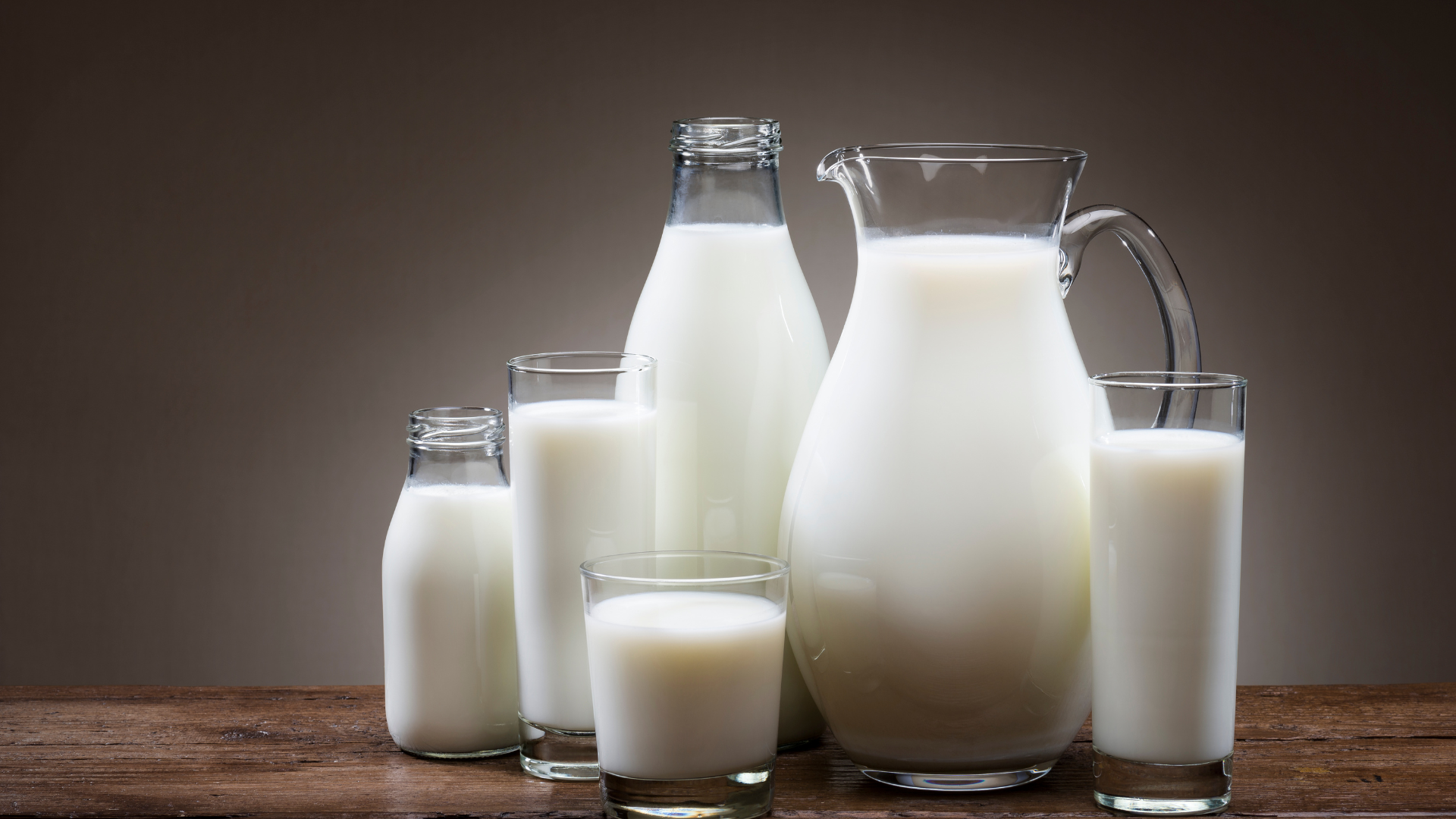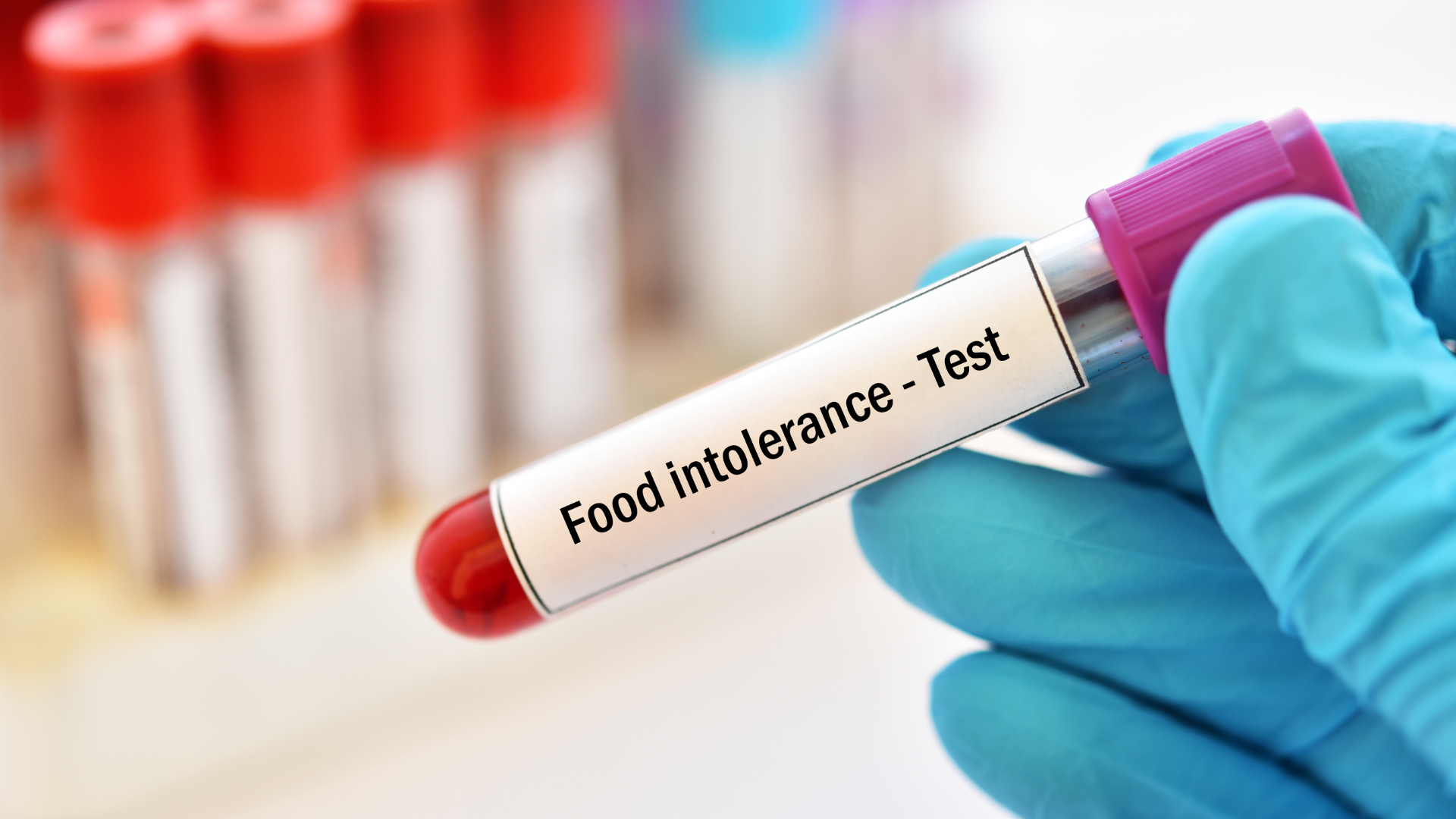Having a food intolerance seems to be very common nowadays, there is a lot of speculation as to why people are more intolerant of different foods, whether they are unable to digest lactose or they flare up when gluten touches their lips. There are different reasons why we develop food intolerances which can make us wonder things like “is lactose intolerance genetic?” “and “what other food intolerances are there?”
Today I am discussing what lactose intolerance is and what lactose intolerance symptoms people need to look out for if they start experiencing unpleasantness when they consume milk and other dairy products.

What is Lactose Intolerance?
If someone is lactose intolerant they are unable to digest the sugar, known as lactose, found in dairy products. We have an enzyme called lactase that is produced in our small intestine which breaks down the lactose into glucose and galactose which are simple sugars. It is then absorbed into our bloodstream and used as fuel for our bodies.
If someone is unable to produce enough lactase then they are classified as lactose intolerant, causing them to go through a variety of symptoms that occur when they eat and drink dairy products. With not enough of the lactase enzyme helping them digest these products, the undigested lactose carries on into the colon and interacts with the bacteria in there, which will upset the gut.
There is a difference between people who have a milk allergy/dairy allergy and those that have an intolerance to lactose. For instance, an allergy to milk would generally start within the weeks/months of a new baby and has the potential to cause anaphylaxis, where lactose intolerance will show up later on in life causing the digestive system to be uncomfortably affected.

The Different Types of Lactose Intolerance
For those who are unaware, lactose intolerance is not just a singular type, there are in fact 4 types for people to understand. They are either brought on by genetics, or an illness, or they are only a temporary issue that can be rectified down the line by the body adjusting.
Primary Lactose Intolerance
With the label of primary, it is evident that this type is the most common. As people age, the lactase enzyme will decrease due to the changes in the digestive system, and the symptoms of lactose intolerance will start to occur when consuming dairy products. It has been noted by sites such as Healthline that this progressive decline in lactase is more common in people of Asian, African, and Hispanic ancestry.
Secondary Lactose Intolerance
This intolerance to lactose is caused by an illness/injury. Diseases in the intestinal tract such as IBD (Inflammatory Bowel Disease) and Celiac Disease, as well as an injury to the small intestine, can cause someone to become lactose intolerant. This can be mended through treatment and care, however, there is a chance that this could be permanent.

Developmental Lactose intolerance
Babies that are born prematurely can develop this intolerance as lactase production will normally occur at around 34 weeks in pregnant women. Luckily this can be resolved when the intestines become fully developed.
Congenital Lactose Intolerance
Also known as congenital lactase deficiency, this is quite rare and it can come about by being inherited by both parents who have the mutated LCT gene (the lactase gene). The baby will not be able to produce lactase, meaning that any dairy that they try to ingest will cause serious symptoms such as diarrhea which can then lead to them getting dehydrated and losing electrolytes. This can be life-threatening if it is not caught early on.
What Are The Symptoms of Lactose Intolerance?
Someone with lactose intolerance will experience a range of symptoms when drinking/eating dairy products. This is why they may replace their normal dairy foods with lactose free products. Lactose malabsorption leads to lactose intolerance symptoms and can be very uncomfortable. These things include but are not limited to –
- Stomach cramps/stomach pain
- Bloating and gassy
- Diarrhea or constipation
- Nausea which can lead to vomiting

How Long Do Lactose Intolerance Symptoms Last?
Up to two hours after consuming lactose, symptoms can usually begin and they will last until the lactose passes through the system which can take around 48 hours. The severity of the symptoms will vary depending on how much is eaten.
Diarrhea may happen instantly as the undigested lactose ferments in the gut which results in a quick run to the loo. People can take lactase enzyme tablets before eating to try and stop it from happening, however, not everyone is able to take them, so be cautious and speak to your doctor first.
Foods Containing Lactose
Lactose occurs in a variety of foods from basic to processed, so lactose intolerant people can find it hard to avoid lactose entirely, especially as food with more ingredients can be glossed over by those who don’t look close enough. However, some lactose intolerant people may enjoy a particular food so much that they refuse to give it up, which means that they expect symptoms to occur as soon as they eat it.
Foods that contain lactose include –
- Milk
- Butter
- Cheese
- Yogurt
- Cereals
- Sauces and salad dressings
- Protein shakes

Is Lactose Intolerance Genetic?
As previously mentioned, someone can become lactose intolerant through their parents if they pass on a mutation of the LCT gene. If you think that this may be the case, you can take a look at genetic tests to see if this could be the issue with you. Parent’s more than likely will not show signs that they have this condition, as they only carry one copy each, but if they both have it, it passes on to their child who will develop lactose intolerance.
Can You Become Lactose Intolerant?
Lactose intolerance can happen at any age and can be caused by quite a few things (take a look at secondary lactose intolerance). Not only do IBD and Coeliac Disease cause this intolerance, but medications, infections, and surgery can bring it on.
Getting Tested
Before thinking that it is lactose intolerance, you may want to have some tests done to rule out anything else. Your doctor may ask for a blood sample (a lactose tolerance test) to check blood glucose levels, as well as have a hydrogen breath test, and they may also request a stool sample for a stool acidity test too.
Being thorough is important, especially as other digestive conditions could be causing your reactions. Your symptoms of lactose intolerance could actually be an allergy.
What Other Food Intolerances Are There?
Lactose intolerance is not the only intolerance people can have, there are a few out there that has the potential to develop in people, so it is important to keep an eye on them and write down what you eat and the symptoms you are getting.

Gluten Intolerance
Gluten is found in wheat, barley, and rye. Being exposed to gluten when someone has celiac disease can cause significant harm to their digestive system as their immune system attacks the small intestine. People who have this need to follow a gluten-free diet to stop themselves from getting bloating, abdominal pain, headaches, skin rash, anemia, and so on. Eating gluten can be avoided but it has to be monitored.
Caffeine Intolerance
Some people are more intolerant to caffeine than others which can result in some bad reactions. Healthline has said that high sensitivity to caffeine has been linked genetically. It is also important to note that sensitivity to caffeine is not the same as an allergy, as with most allergies they produce more serious symptoms. Some symptoms of this intolerance are things like jitters, insomnia, and rapid heartbeat.
Fructose Intolerance
The rise in eating fructose has crept up a lot over the years, with the consumption of it being linked to liver and heart disease as well as increased obesity. Those who have this intolerance find that the fructose they consume is not absorbed into the blood, instead, it goes to the large intestine and causes digestive distress through fermented gut bacteria. People will experience gas, nausea, abdominal pain, bloating, and reflux.
Conclusion
After reading this article, you hopefully are more aware of what lactose intolerance is and what it can do to your body. If you believe it to be more than a food intolerance and could potentially be a food allergy, then you will need to speak to your doctor so they can run some tests and get you the diagnosis you need.

